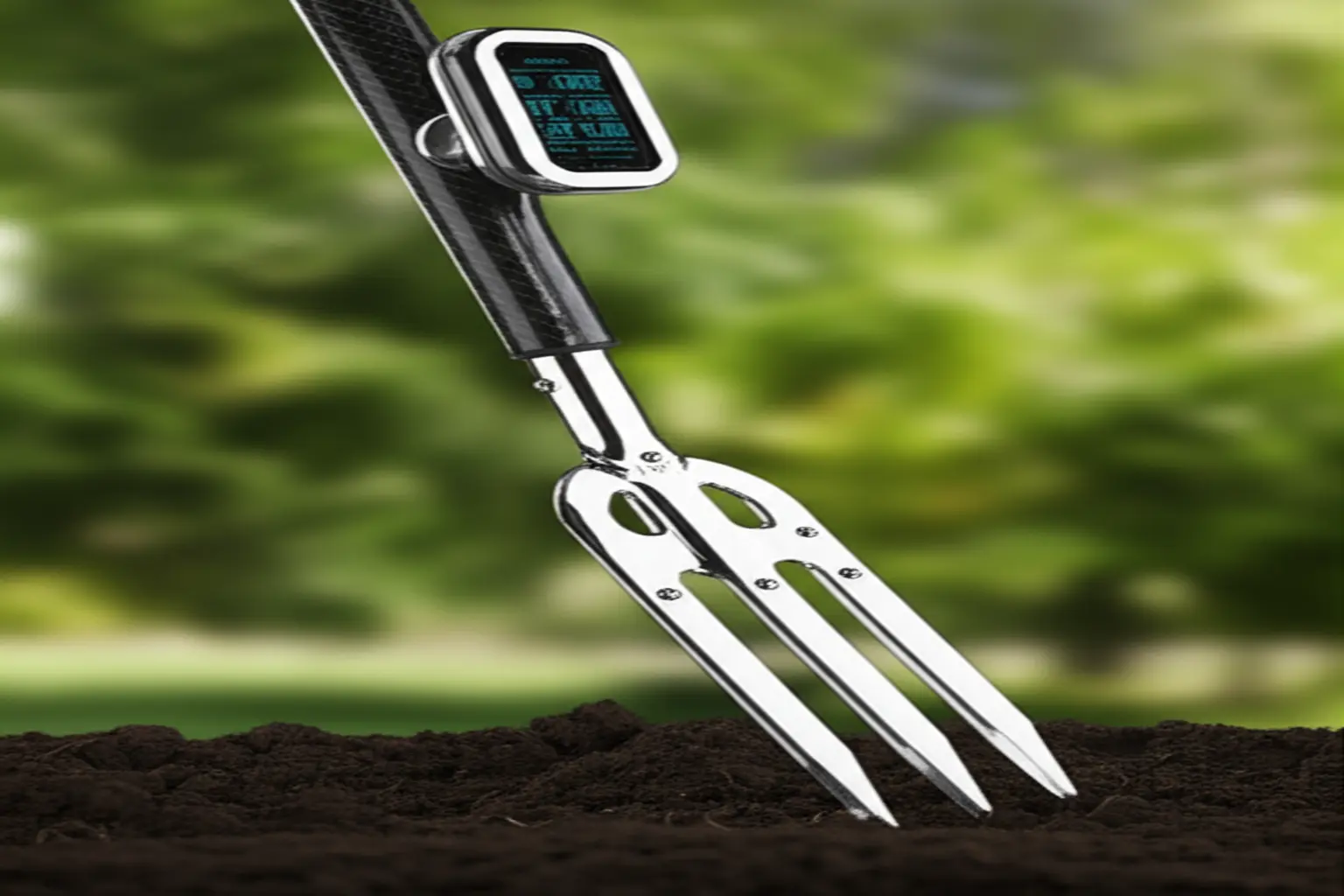The classic garden fork is a staple, but the drive for better tools is constant. For 2025, garden fork innovation is not just a concept, it is a reality transforming how we work the soil. This guide explores the latest breakthroughs, from advanced composite materials reducing weight to ergonomic designs that prevent strain. We will examine how smart technology is beginning to appear in these essential tools, making gardening more data-driven and efficient. Prepare to see how the modern fork is making cultivation easier and more effective than ever before.
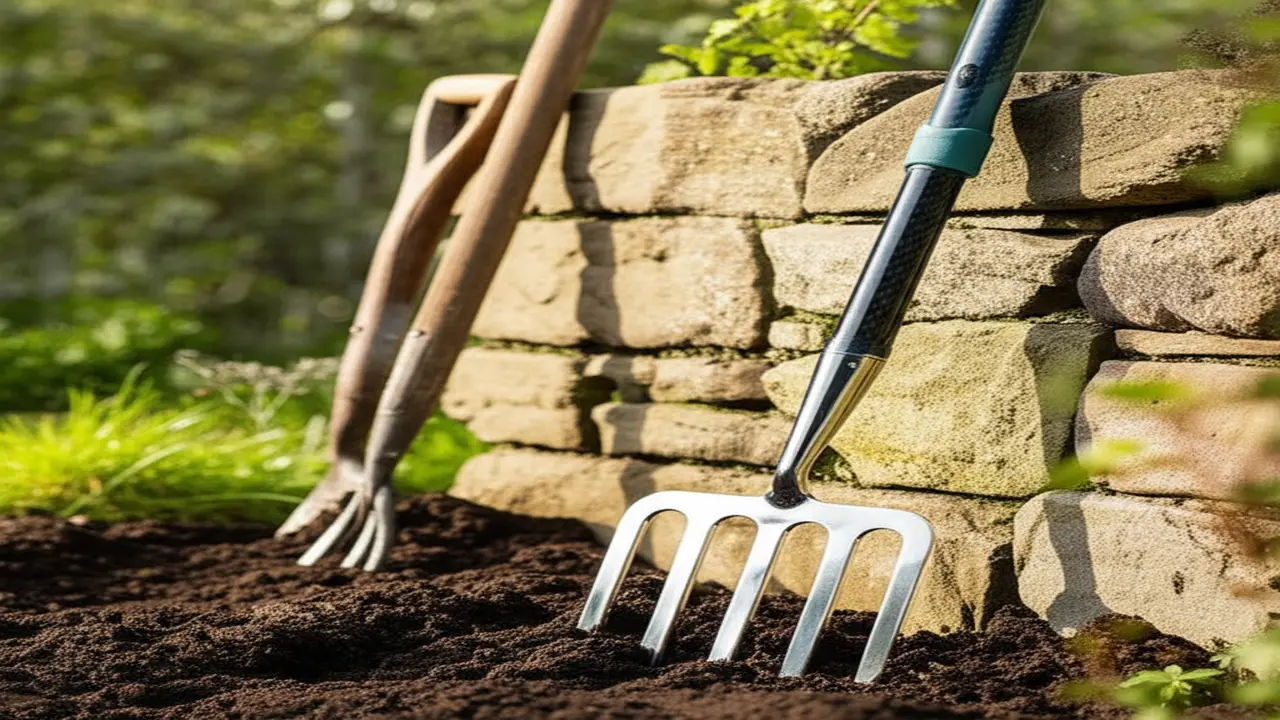
1. The Evolution of the Garden Fork: What’s New?
In 2025, true garden fork innovation extends far beyond simple aesthetic changes. The core advancements are driven by demands for improved ergonomics and specialized performance. Manufacturers are moving away from traditional materials, introducing forks built with lighter, stronger components like carbon fiber and reinforced fiberglass. This shift significantly reduces physical strain and enhances durability. Furthermore, designs are becoming more intelligent. We now see forks with features like built-in shock absorption in the handle, sharpened or serrated tines for slicing through tough roots, and optimized tine angles for better leverage in dense clay or rocky soil. This evolution reflects a deeper understanding of body mechanics and soil science, creating tools that are not just implements, but specialized extensions of the gardener’s effort. Understanding the foundational types of garden forks provides context for appreciating just how far these new designs have come.
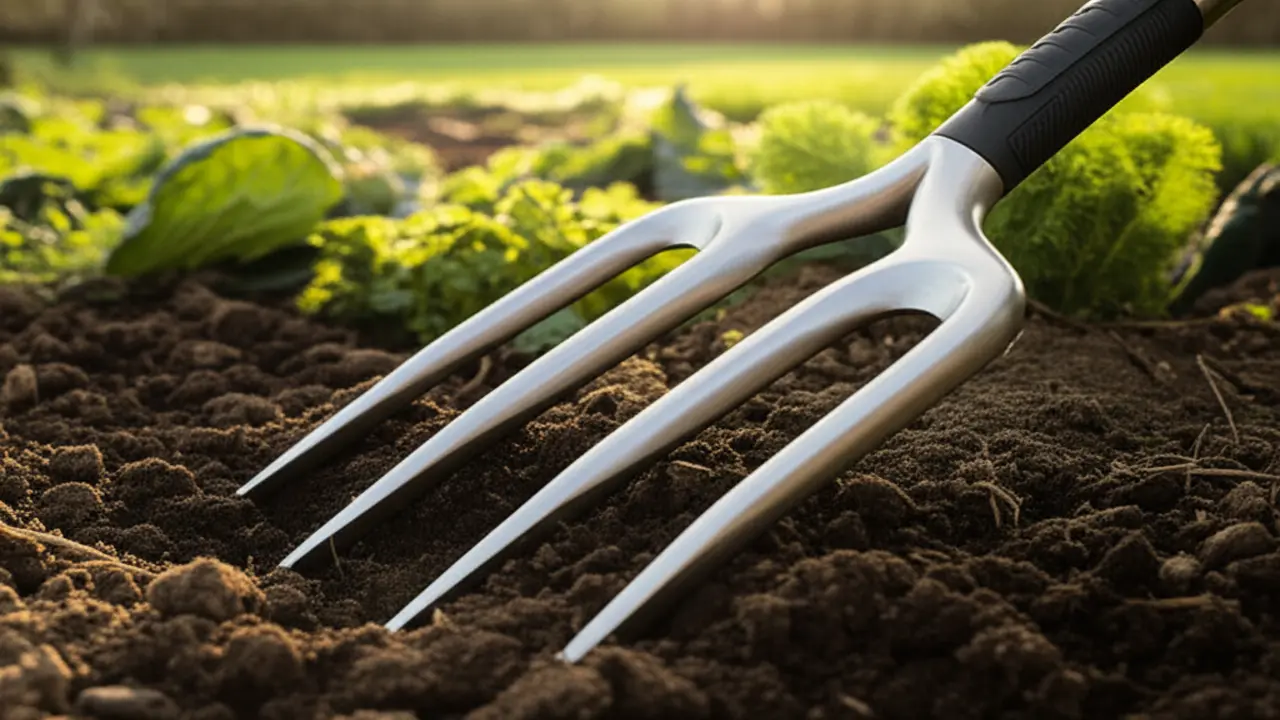
2. Material Science in Garden Tools
The era of basic, heavy steel dominating the garden shed is officially over. As of 2025, the most significant garden fork innovation comes directly from advancements in material science. Manufacturers are now borrowing from aerospace and competitive sports industries to build better tools. For instance, carbon fiber shafts and tines offer an incredible strength-to-weight ratio, meaning you can work dense soil with less fatigue. We are also seeing advanced alloys, such as titanium-reinforced steel, which provide superior durability and prevent tines from bending or snapping under pressure. This push for lighter, stronger tools is also evident in products like the best hand cultivators available today. Furthermore, eco-conscious gardeners can find forks made with recycled composites, which repurpose materials into robust, weather-resistant handles and heads without sacrificing performance. This material revolution results in tools that are not only more effective and durable but also significantly more comfortable to use for extended periods.
3. Ergonomics: Designing for the Gardener
The days of accepting back pain as a part of gardening are numbered. The latest garden fork innovation for 2025 is heavily focused on ergonomics, transforming a once strenuous tool into an extension of the gardener’s body. Manufacturers are moving beyond basic D handles and introducing scientifically contoured grips made from shock absorbing materials. This minimizes vibrations and reduces hand fatigue during tough soil cultivation. Furthermore, the concept of balanced weight distribution has been perfected. By using lightweight yet durable materials like reinforced fiberglass or carbon steel for the shaft, the center of gravity is shifted, demanding less effort to lift and pivot. This smart design means more power is transferred directly into the soil with each push, reducing strain on the lower back and shoulders. These principles are being applied across a range of digging tools, including many modern ergonomic garden spades.
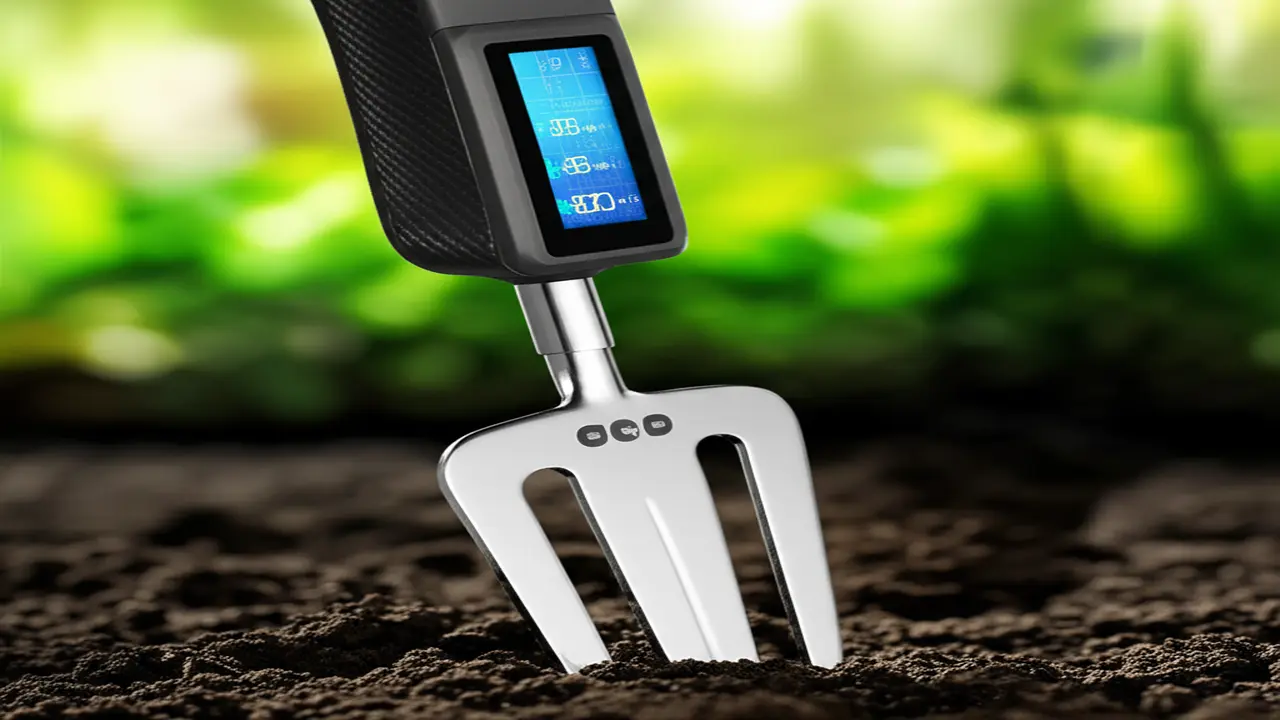
4. Smart Technology Integration in Garden Forks
The concept of garden fork innovation is reaching a new frontier in 2025 with the integration of smart technology. While still in early stages, the potential is immense for serious gardeners. Forward-thinking manufacturers are experimenting with forks that do more than just turn soil. Imagine tines embedded with micro-sensors that provide real-time soil analysis. As you lift the earth, these sensors could measure pH, moisture levels, and even key nutrient profiles like Nitrogen, Phosphorus, and Potassium (NPK). This data could then be sent via Bluetooth to a dedicated smartphone app. Such an app would not only display the raw data but also log it, track changes over seasons, and recommend specific soil amendments. This leap transforms the fork from a simple manual tool into a powerful data collection device, enabling precision gardening tailored to your specific soil conditions. While a smart fork provides initial analysis, ongoing soil maintenance often requires other specialized tools, like the best hand cultivators for targeted aeration and weed control.
5. Performance Comparison: Traditional vs. Innovative Forks
The classic garden fork, a trusted tool for generations, excels in breaking up compacted soil and turning compost. Its straightforward design is a testament to its enduring utility. However, the conversation in 2025 has shifted towards evaluating how garden fork innovation enhances these fundamental tasks. Modern forks often feature ergonomic D-handles or longer shafts made from lightweight fiberglass, significantly reducing back and wrist strain during prolonged use. For soil aeration, innovative designs with sharper, serrated, or twisted tines penetrate tough clay with noticeably less effort than traditional flat tines. When transplanting perennials, some new forks have a slightly curved head, providing better support for the root ball and minimizing shock. While a standard fork is effective for general weeding, specialized models with built-in fulcrums offer superior leverage for extracting deep-rooted invaders like thistle. For cultivating soil in more confined areas, gardeners often find the best hand cultivators to be an ideal complement to their full-size fork.
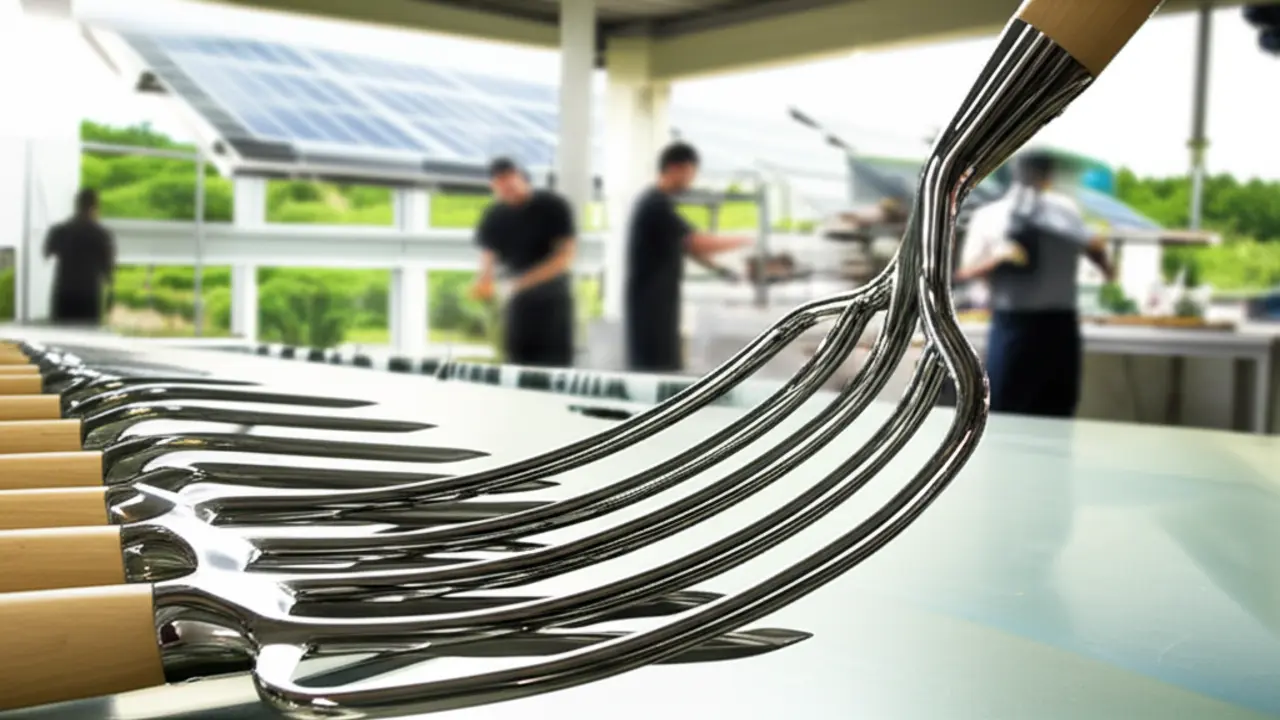
6. Sustainability in Garden Fork Manufacturing
As we move through 2025, the push for sustainability is reshaping the manufacturing landscape for garden tools. The latest garden fork innovation is not just about stronger tines or better ergonomics, it’s about ecological responsibility. Manufacturers are increasingly adopting closed-loop production cycles, utilizing high-percentages of recycled steel for fork heads and ferrules. This reduces the carbon footprint associated with mining and processing virgin ore. For handles, the industry standard is shifting from generic hardwoods to sustainably sourced materials like Forest Stewardship Council (FSC) certified ash, bamboo, or even durable composites made from recycled plastics. Furthermore, leading brands are designing forks with easily replaceable components. A broken handle or a bent tine no longer means discarding the entire tool, promoting a culture of repair over replacement. This approach not only minimizes waste but also supports low-impact gardening by providing durable tools that last for generations, a principle we see extending to other tools like the best hand cultivators on the market.
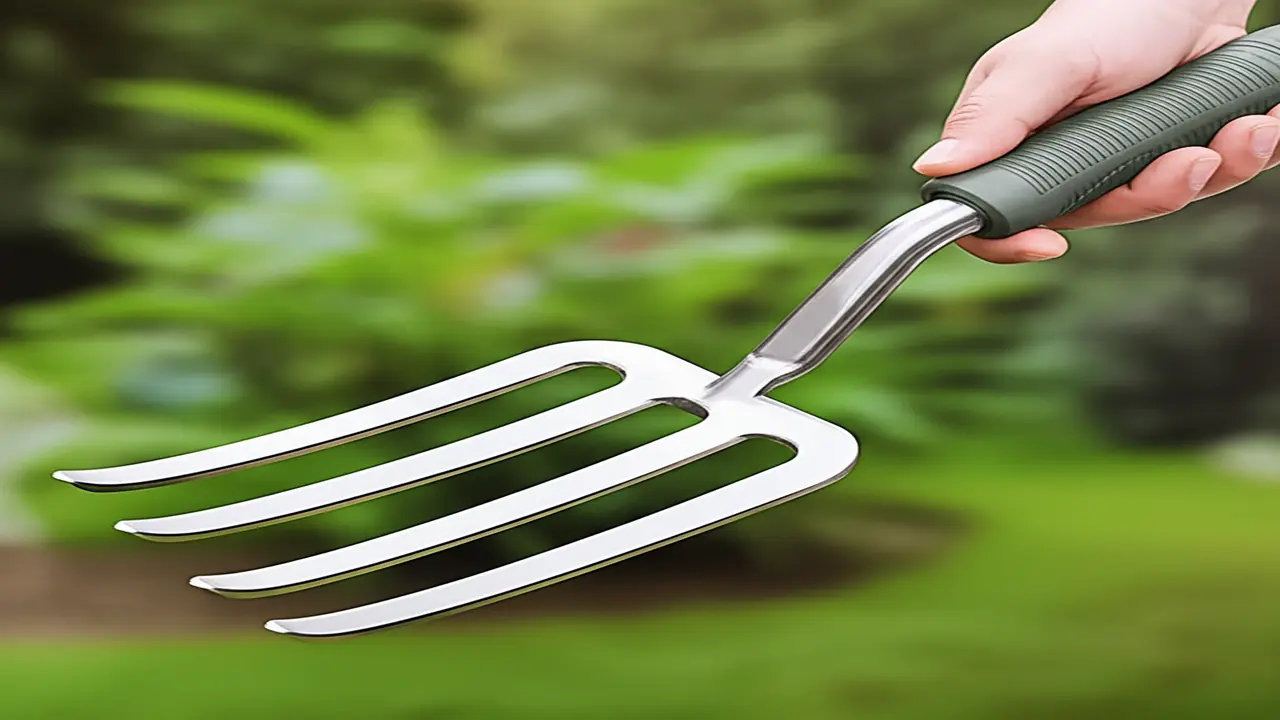
7. Expert and User Insights on Garden Fork Innovations
In 2025, the conversation around garden fork innovation is buzzing with feedback from both seasoned horticulturists and everyday gardeners. Experts consistently praise designs that prioritize ergonomics, noting that features like shock-absorbing handles and angled tines significantly reduce strain. User reviews echo this, with many reporting that newer forks with sharpened or curved tines penetrate compacted clay soil with much less effort. This focus on deep soil work is where these tools excel. For more surface-level soil aeration and weeding, many gardeners find that the best hand cultivators offer a more precise and less strenuous alternative. The consensus is clear: the most successful garden fork innovation is one that delivers tangible improvements in efficiency. One user on a forum shared, “My new carbon steel fork with the stepped footplate made turning my compost pile 50% easier,” underscoring the demand for practical, user-focused design.
8. Future Trends in Garden Fork Innovation
As we look toward 2025, garden fork innovation is moving beyond basic construction and focusing on advanced materials and user-centric design. We anticipate a surge in forks crafted from composite alloys and carbon fiber, materials borrowed from the aerospace industry. These will offer the strength of traditional steel but at a fraction of the weight, significantly reducing user fatigue during prolonged tasks like turning compost or breaking up compacted soil. Another key area of development is ergonomics. Expect to see forks with adjustable handle lengths and modular tine heads that can be swapped out for different soil conditions, from sandy loam to heavy clay. This focus on creating a more comfortable and efficient user experience is a trend seen across various tools, reflecting a deeper understanding of gardener needs, much like the principles applied to the modern ergonomic hand cultivator. The future is a tool that adapts to both the garden and the gardener.

